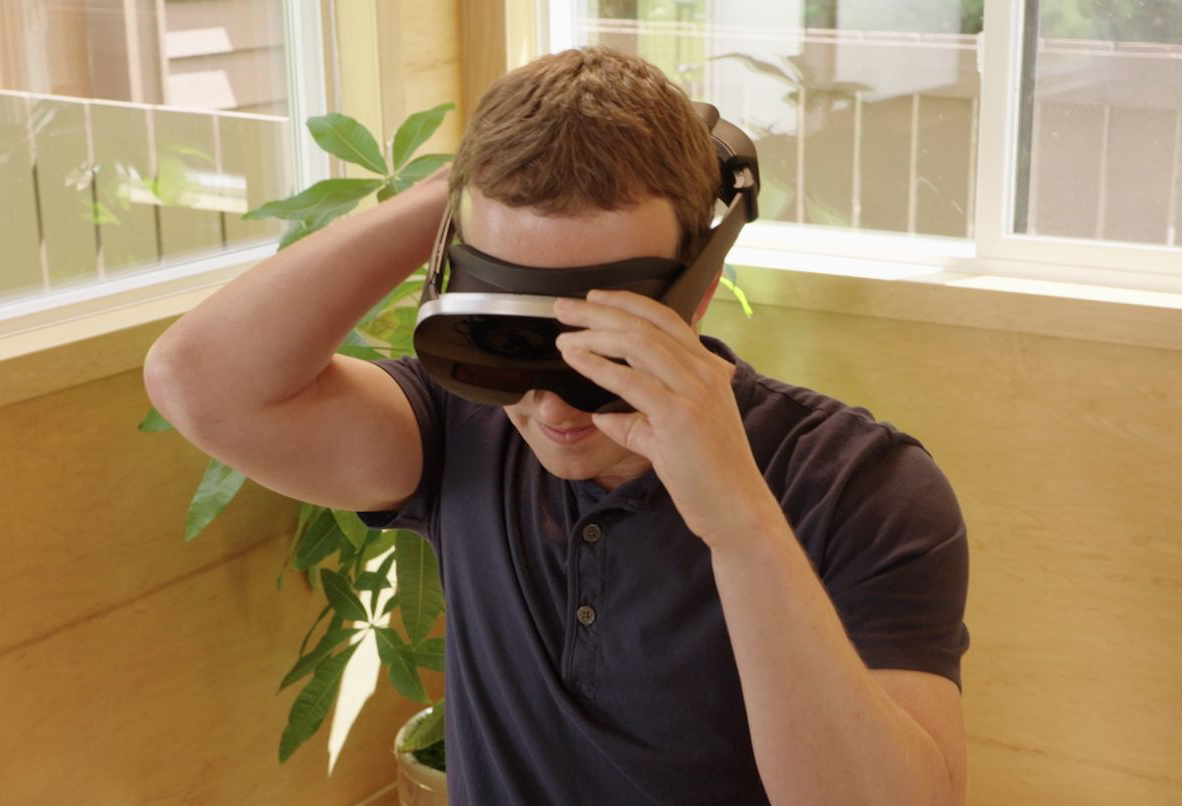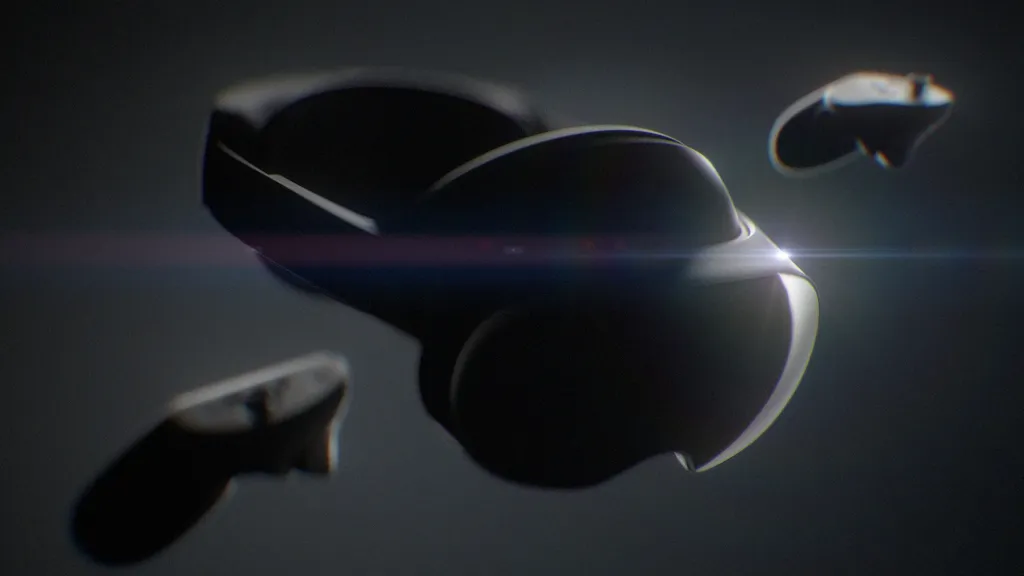"You're going to live in the future, and you're going to do it today."
That's how Tim Cook pitched Apple Vision Pro to the general public on Good Morning America when asked about its affordability. As Palmer Luckey put it, Apple could make AR & VR "something everybody wants before it's something that everybody can afford."
If there one thing Vision Pro hands-on impressions have proved, it's that Meta didn't have the wrong idea with Quest Pro; the problem was its poor execution.
Like Apple, Meta also pitched a new world where your traditional 2D apps and laptop screens broke out of their small rectangular bounds and into real space via "high resolution" color passthrough.
But Quest Pro's limited resolution, insufficient sensor suite, and outdated processor meant it never had a chance of properly delivering on this vision. In our Quest Pro review we decried its laggy performance, grainy passthrough with double-imaging, and lack of environmental awareness.
Meta wanted to prove the future, but instead it shipped a slightly better Quest 2. Just four months after launch, Meta had to cut the price from $1500 to $1000.
When Quest 3 ships, just one year later, Meta will be selling a headset for a third the price Quest Pro launched at with more than twice the GPU horsepower, higher resolution, and most shockingly significantly better mixed reality with actual awareness of your environment. Other than for niche applications requiring face or eye tracking, Quest Pro will be essentially obsolete.
How can this be possible? Quest Pro, codenamed SeaCliff, carries specifications that would've made more sense to ship in late 2021 when Quest 3 and Apple's headset were still years away. Instead, it shipped at the end of 2022, pushing up against a generational chip update from Qualcomm.
Meta should have scrapped SeaCliff in favor of a more ambitious Quest Pro with the specifications to truly match its ambitions. But we're here now, Meta did ship SeaCliff, and it will continue to be sold alongside Quest 3. Meta had originally planned to introduce a Quest Pro 2 in 2024, but a leaked roadmap from March suggested that headset had been canned, with the next Quest Pro model now “way out in the future” beyond 2024.
With Apple Vision Pro priced at $3500 though, I think Meta would be making a mistake to not introduce a more direct competitor than the $500 Quest 3.

I'm not saying Meta should build a $3500 headset too, to be clear. Qualcomm just doesn't have a chipset with the CPU power of Apple's M2, and the near-4K OLED microdisplays used in Vision Pro are reportedly heavily supply constrained.
But there's an enormous space between $500 and $3500 Meta could and should fill with a Quest Pro 2. This headset should pair the eye and face tracking capabilities of Quest Pro with the next-generation chipset and room-aware high quality mixed reality sensor suite of Quest 3, while using higher end components with fewer design compromises.
It could leverage either of the 2.5K OLED microdisplays being used in the PC-based Bigscreen Beyond and Shiftall MeganeX headsets, for example, instead of an LCD panel. That would make the virtual monitors use cases finally practical and appealing, while also enabling Meta's thinnest and lightest design yet.
Like Quest Pro and Apple Vision Pro, it should separate the battery from the front visor to improve comfort. The downside to Quest Pro's battery being in the rear strap padding though is that it prevents resting your head against a seat, bed, or sofa. And Meta executives have rightly pointed out that Apple's solution of a tethered battery can restrict comfortable room-scale movement. But there's a third company that had an idea Meta could copy: HTC. Vive XR Elite has a rear strap battery by default. But it's detachable, putting the device into "glasses mode" where it can, like Apple Vision Pro, be powered by a tethered battery or other compatible power source. You get to choose where to put the battery based on the use case, the best of both worlds.
Developing this Quest Pro 2 shouldn't require the same level of investment as the original did. Meta could probably use the same pancake lenses, a similar sensor suite to Quest 3, and the existing Touch Pro controllers. If the components cost ended up too high, it could even make controllers a separate purchase, leveraging the higher quality hand tracking made possible by the depth sensor as the default input system.
The headset I'm describing would actually deliver on the promises of Quest Pro - a device that can actually practically start to replace some physical monitors. Even though it probably wouldn't sell millions of units like Quest 3, it would be a north star for Meta, proving out its vision of the future of VR and AR for all to see.
So will Meta recognize its failure was in execution rather than idea and try again, or will it really be content to cede all but the low end to its competitors?






























